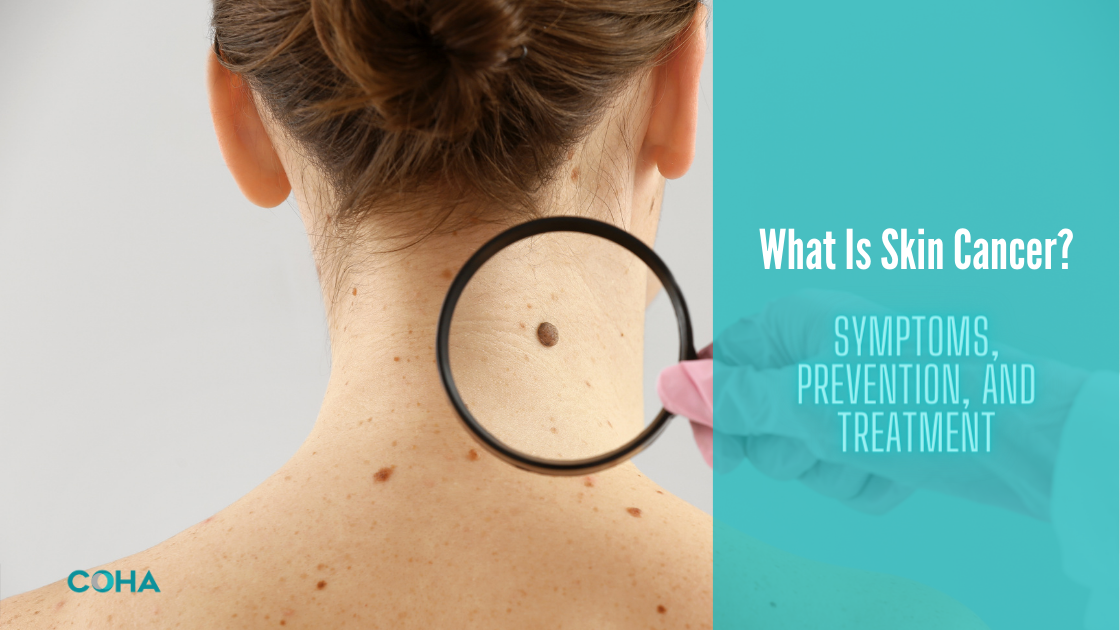


Cancerous cells can arise in any part of our body due for different reasons. When they start growing in an area of the skin, it is referred to as skin cancer.
According to reports, skin cancer is the most common cancer, with more than 9,500 people diagnosed in the US every day. Furthermore, it is also one of the more fatal cancers, with more than two deaths reported every hour.
Basal cell carcinoma, squamous cell carcinoma, Merkel cell cancer, and melanoma are the different types of skin cancer. While the first two types are most common and contribute to 95% of all skin cancers, melanoma skin cancer is more serious, leading to 75% of all skin cancer deaths. However, according to the same report, the good news is that the 5-year survival rate for even melanoma cancers increases by 99% if detected early.
Remember, it’s crucial to detect skin cancer symptoms to seek skin cancer treatment as soon as possible. And this blog will help you understand the same.
Basal cell carcinoma
This type of cancer is the result of prolonged exposure to the sun. It may appear on the skin of the hands, arms, neck, face, and head.
This may occur on the skin of the hands, head, face, neck, lips, and also in the genital area. Symptoms include:
Merkel cell cancers can be detected by red, blue, purple, or pink painless lumps on the skin that may be shiny, round, and firm.
The major warning sign of melanoma is a new growth or spot on the skin or an existing spot, growth, or mole that suddenly changes size, shape, or color.
If you have any such growths or spots, please consult healthcare professionals immediately.
Other melanoma symptoms may include:
While non-melanoma cancers usually remain restricted to the skin, melanoma cancers are more deadly because they spread to other parts of the body. If melanoma metastasizes, its symptoms depend on the organ affected by it. If it affects the head, for instance, you might feel dizzy, suffer from recurrent headaches, or have trouble seeing. If it reaches the lungs, you might have difficulty breathing.
Metastasized melanoma can be deadly and can lead to multi-organ failure. This is why it is important to be attentive to your body and conduct self-examinations at least once a month.
The first strategy you have to adopt to prevent skin cancer is to limit skin exposure to ultraviolet (UV) radiation. UV rays can reach you even when you are indoors, or it's cloudy. They can penetrate through glass and reflect off water, snow, and even sand. You can even get a sunburn in less than 15 minutes of brief sun exposure.
For over two decades, Chesapeake Oncology Hematology Associates has provided excellent and customized skin cancer treatment across Maryland. From consultation to diagnosis and treatment, our experienced team of board-certified oncologists will guide you through every step of care, determining the best possible treatment option suited to your needs, which may include:
You can visit our website to learn more about the different cancer treatment options we offer. Additionally, you can request an appointment for a skin cancer diagnosis and treatment or if you have any questions about skin cancer.